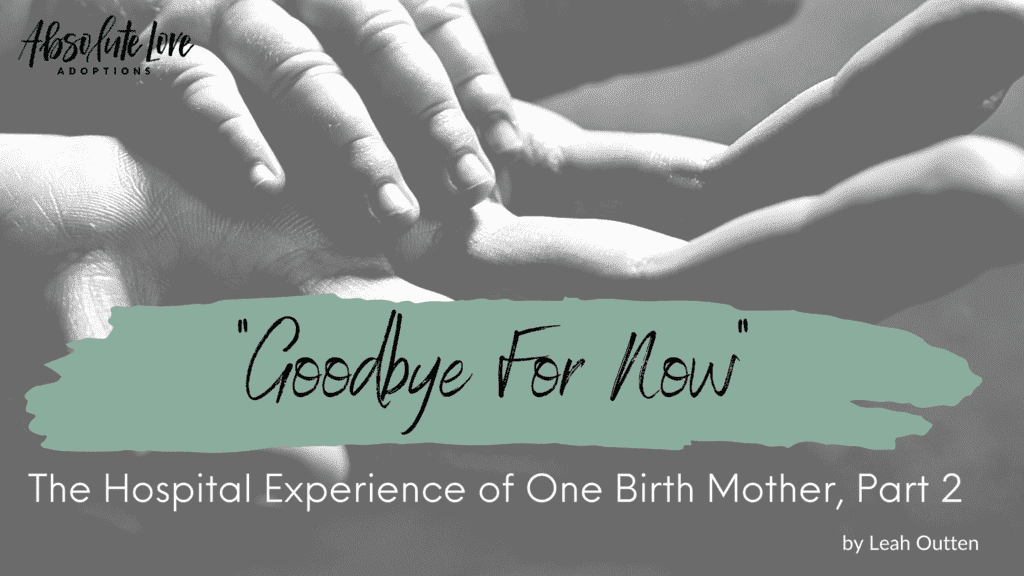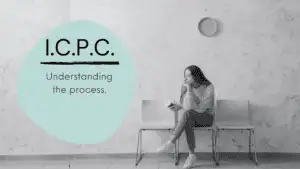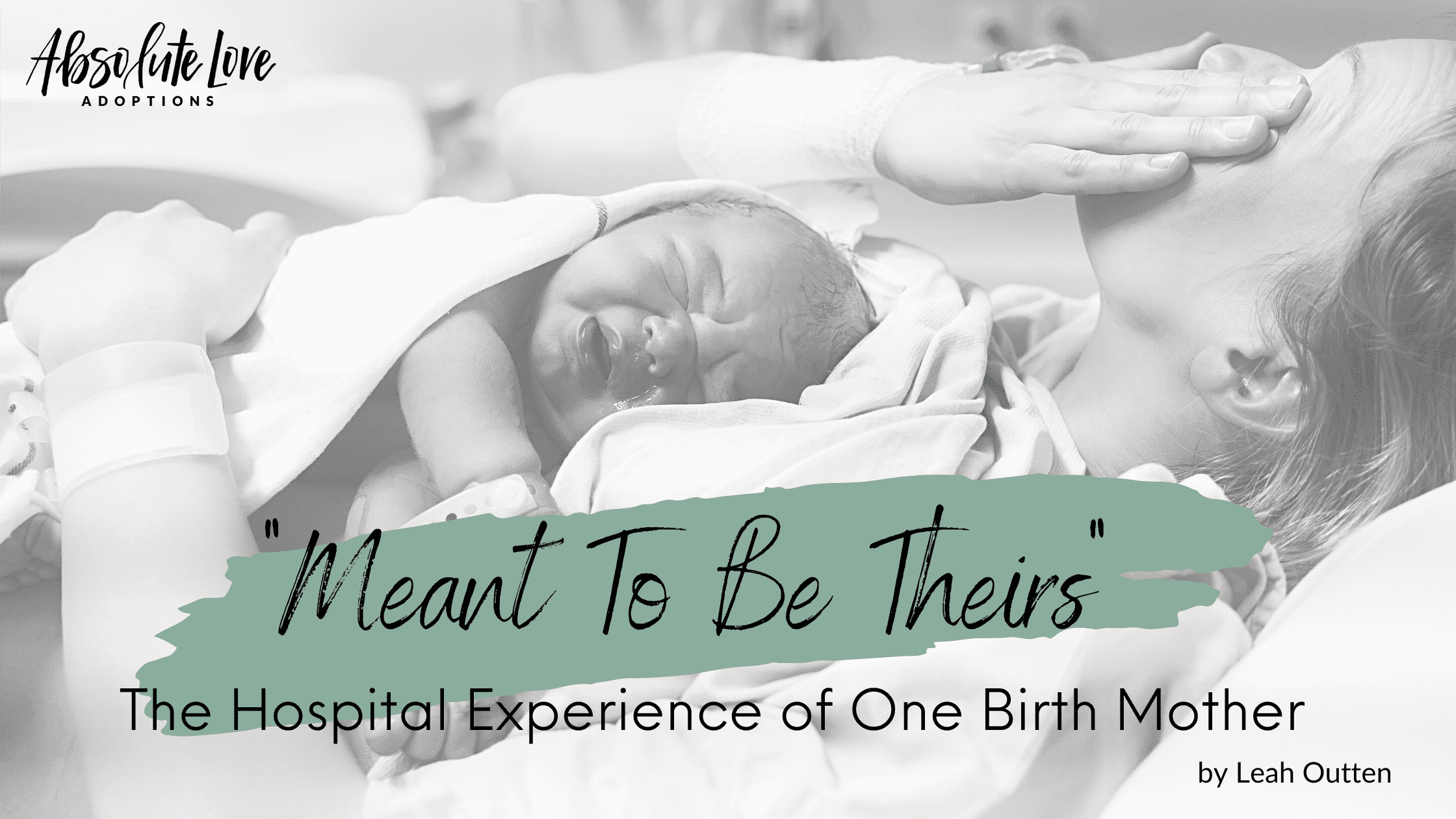
As a birth mother and adoption educator who has helped many adoptive parents through their journey, I don’t think anything truly prepares either perspective for the depth of emotions during the hospital experience of adoption. Yet, preparing your heart as best as you can is vital. For me it was listening to other birth mothers’ and adoptive families’ experiences, learning what to expect, going to therapy to work through worries, creating a plan, putting my support system into place, and most of all, listening to my instincts. All of these helped prepare and carry me through those precious days in the hospital eighteen years ago.

Before we dive in– a reminder that I am only one birth mom, with one story that happens to be a largely positive one. Unfortunately, many birth mothers and adoptive families have some difficult and even traumatizing experiences and those are worth learning from as well. In my case, I had a wide support system from my parents, church members, teachers, extended family, an incredible social worker, and even a birth mom friend who drove 13 hours to be with me for emotional and physical support. I feel incredibly lucky to have had such comforting people with me at different times of my stay, and I realize not every birth mother has had that network of support.
I share my experiences in hopes that people can see what has worked well for us so that perhaps families can apply what fits into their stories too. So, even if she doesn’t have family or a friend’s support, this could be an opportunity to love on her and advocate for her within the reality that she will be hurting and maybe feeling alone. Can you step into the hospital room, set your hopes aside, and be there for her?
Preparing for the hospital for me began even while I was deciding on adoption or parenting. I soaked in all kinds of education and stories in either direction along the way. When I chose an open adoption and began to build a relationship with my daughter’s family I was seven months pregnant. I still vividly remember my social worker sitting in my living room as we sat down in the following weeks to discuss how I envisioned my hospital experience to be. She walked me through her paperwork and made suggestions, the weight of this reality pressing further into my soul, even though I knew I was certain about adoption.
I prepared for the grief of adoption even more so than physically birthing a child. Adoption grief felt much more magnified and maybe acknowledging that helped me to heal rather than stuffing it away. As my due date neared and my belly grew to an uncomfortably large watermelon size, I felt the tension between wanting to give birth for relief yet also not wanting to face this new chapter. A chapter where I now would be sharing my daughter. The anticipation of both wanting to move forward in time to see her face, to hold her, to watch her family love her, coupled with the fear of the unknowns made my last days of pregnancy tormenting at times. Will they keep their promises of open adoption? Will I see her again? Will I get severely depressed? Will I change my mind when I see her?
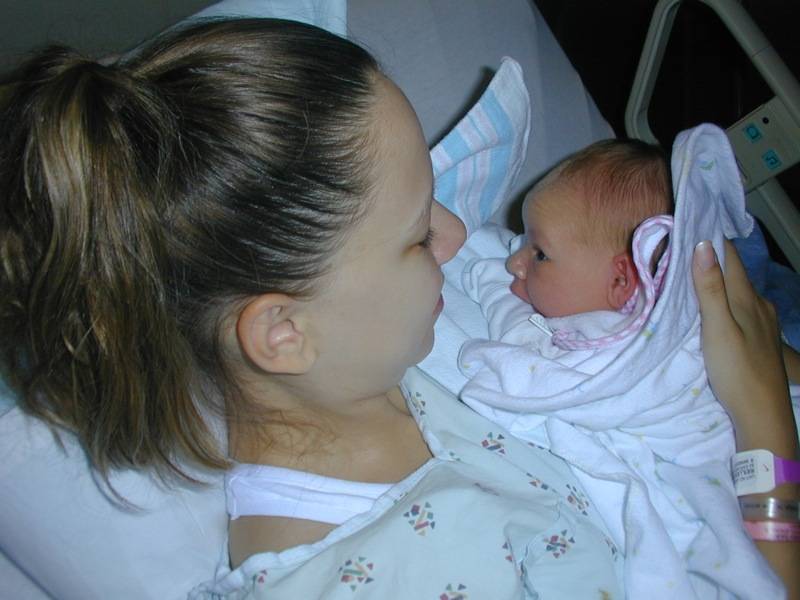
Looking back, I feel as if I did a lot of my grieving and prepping for this change beforehand, preparing for the absolute worst emotionally. I was bracing myself for impact like watching a car swerving in my direction. And, yes, there was/is grief and an impact was made but I had a support system that held me firmly into emotional safety, much like a seatbelt and an airbag.
I decided to be induced on my due date because it was important for me that her adoptive family to be there as soon as possible. While I didn’t plan to have them in the delivery room, I did want them to meet and bond soon after birth. It also helped me to feel some aspect of control where I knew the deadline of what day this new chapter’s page would turn over. I spent my last day with her within me thinking, “This is my last time eating breakfast with her within me, this is my last time xyz…” I treasured every moment, every squirm and kick. Her parents and I spent the evening before her birth together, already feeling a sense of extended family being formed. I felt nervous, I felt excited, I felt fear, but I also felt peace.
My plan was to have my parents and adoptive family present throughout the hospital stay, in and out as I felt comfortable. Her parents visited while I was in labor for a little bit, but mostly I wanted to rest or privacy. My mom and stepmom were by my side cheering me on and crying tears of joy and sorrow along with me as my daughter made her way into the world. The new chapter had begun. Floods of emotions for my sweet little girl, who now lay in my arms were overwhelming in all the best ways. I felt relief. I felt proud that I had made and birthed a beautiful baby! But, mostly, I felt an intense love and hoped that she could feel it even though I couldn’t speak the words yet.
"When I did finally speak, I told my two moms, “She was meant to be theirs.” And I knew, still, adoption was right for us. There was a motherly love for her, but also a deep knowing that I wasn’t the one to raise her. Again, peace carried me forward."
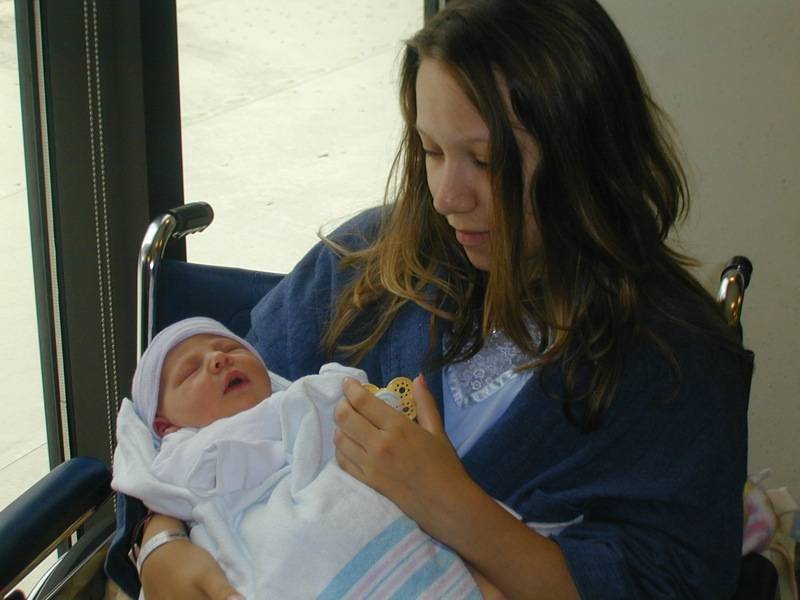
Everything I asked for during birth and postpartum was honored, both in physical birthing and our plan surrounding adoption. We had four days in the hospital together, and it felt so beautifully filled with love and peace, even with grief lingering at the corner of every heart in the room.
Read Part 2 of Leah’s hospital experience and how daughter’s her adoptive parents were a helpful presence.
About the Author:
Leah Outten is a mother to five at home and a birth mom to one. She still maintains an open adoption relationship with her birth daughter and the adoptive parents she chose when she was 16 years old. Using her experiences a birth mom and a teen mom, she now works in the adoption and pro-life community through her writing, education, and mentoring. In her speaking and writing, she aims to educate on complex issues surrounding motherhood and adoption with grace.

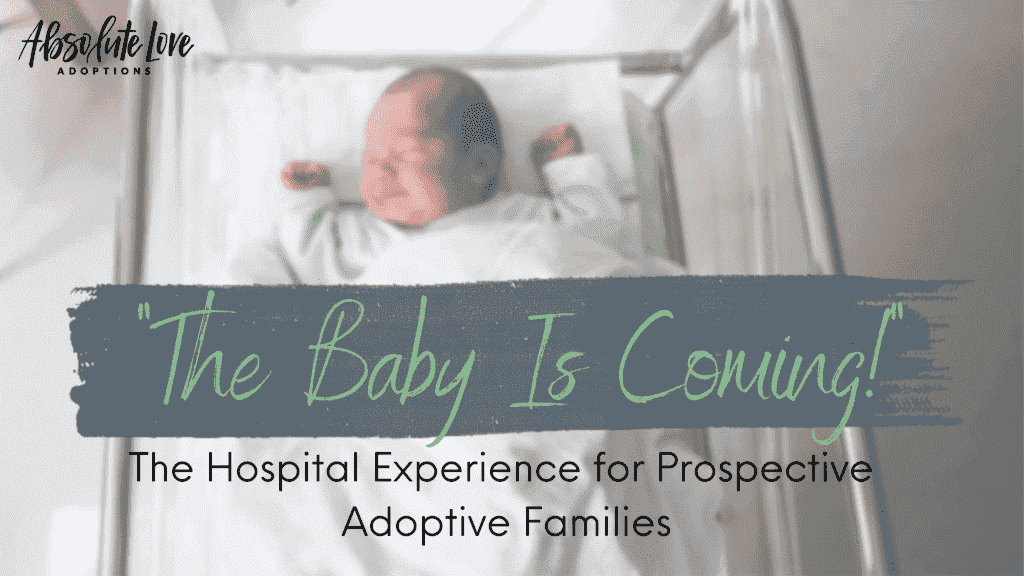
COMING SOON:
Read an agency social worker perspective on how to prepare for this time, and how to show up well for the birthing mom during one of life’s most complex experiences.


